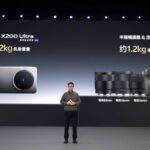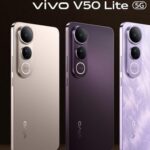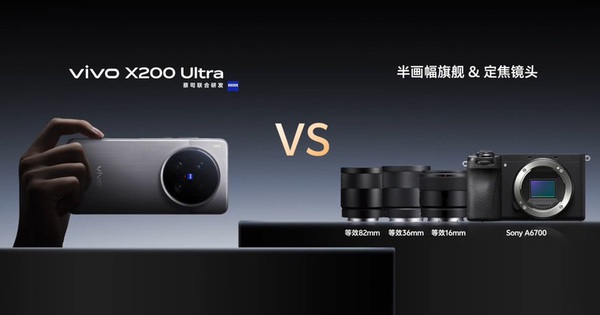At the launch event of a new product on April 21, 2025, Vivo not only launched the X200 Ultra flagship but also created a rare milestone in the technology industry when publicly comparing this device with the Mirrorless camera specialized in Sony A6700. This is the first time a smartphone company does not dodge the fact that the camera is still the standard of image quality, but frankly puts its products on the technical scale with a dedicated camera, from static images to videos.
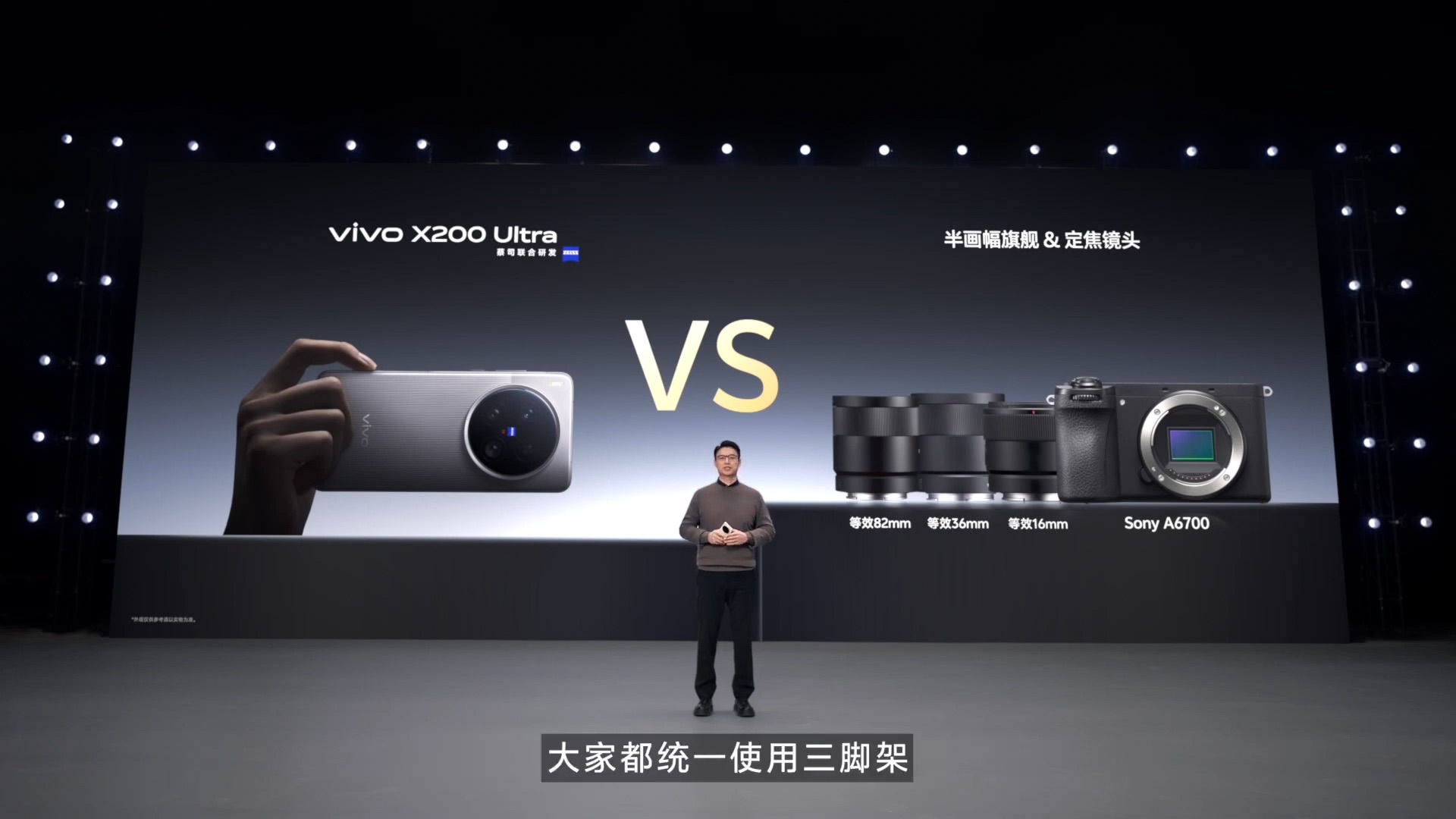
Vivo X200 Ultra is introduced as a “micro mirrorless” device – a pocket camera that can call. The design of the X200 Ultra clearly reflects this philosophy. The device is equipped with three fixed zeiss lenses of 14mm, 35mm and 85mm, accompanied by three large large image sensors.

In particular, the 50MP Sony LYT-818 sensor is developed by Vivo and Sony, equipped on both super wide and standard lenses. Tele lenses use 200MP Samsung HP9 sensor with f/2.3 aperture. All three are covered with high -class optical coating Zeiss T* generation, helping to reduce reflexes and increase light transmission.
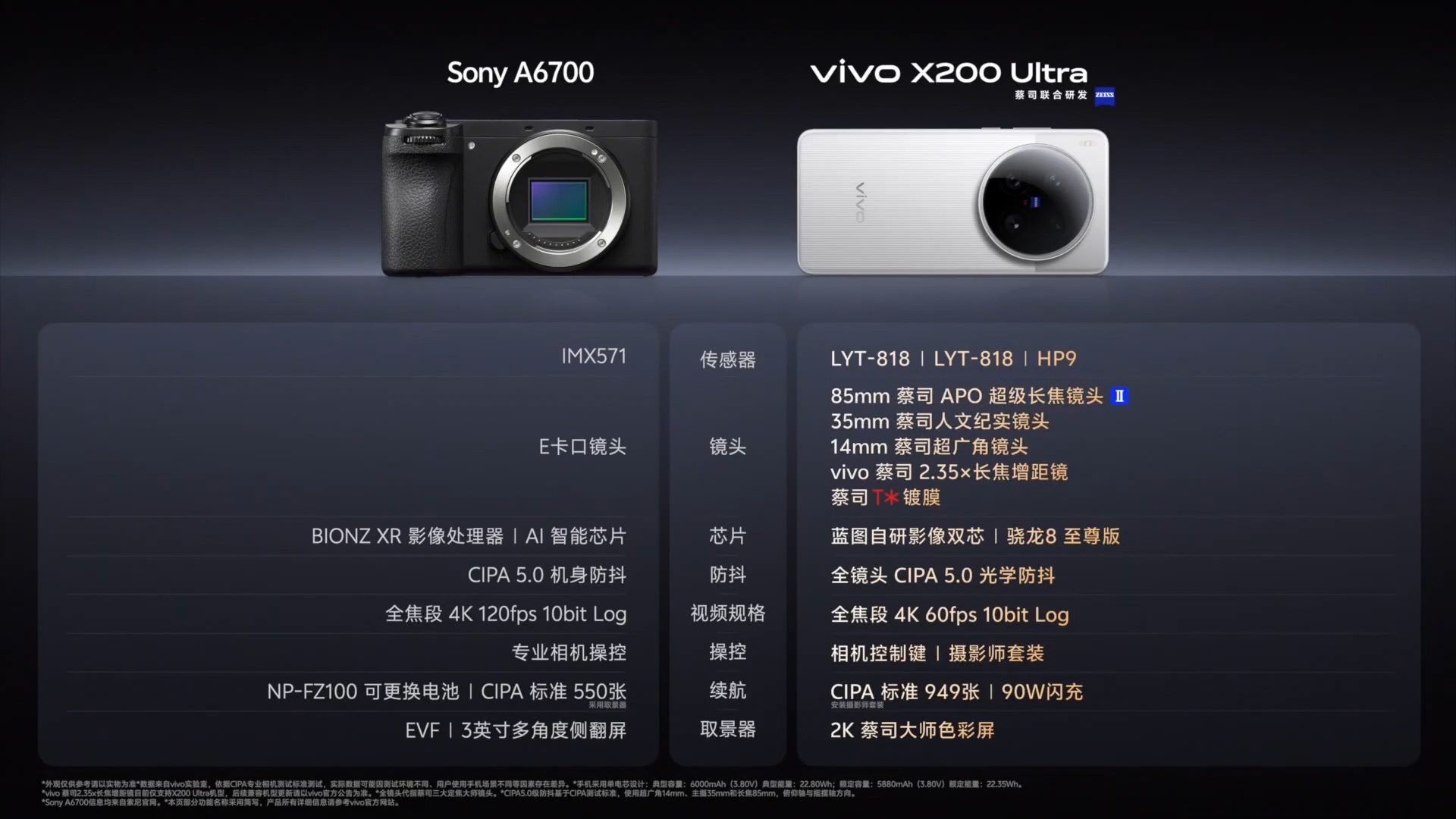
A special feature that makes the X200 Ultra noteworthy is the OIS optical anti -shake system meeting CPA 5.0 standard – equal to the Sony A6700. This is a high level of vibration, usually only found on professional cameras, allowing users to capture hands at low shutter speeds while ensuring sharpness.

To prove the capacity of the X200 Ultra, Vivo has made a direct comparison with Sony A6700 in a public test. Both devices are mounted on tripod, used with focal length, aperture and ISO.
At the 35mm focal length, photos taken from two devices show that the level of detail and light balance is similar to the level of difficulty distinguishing. With a super wide 14mm lens, the image from the X200 Ultra approaches very close to the quality of Sony A6700, both in terms of resolution and deformation control. In particular, at 85mm focal length, Vivo confirmed that the image from the X200 Ultra has a higher resolution, thanks to the 200MP sensor and the potential telephoto design with a large aperture.
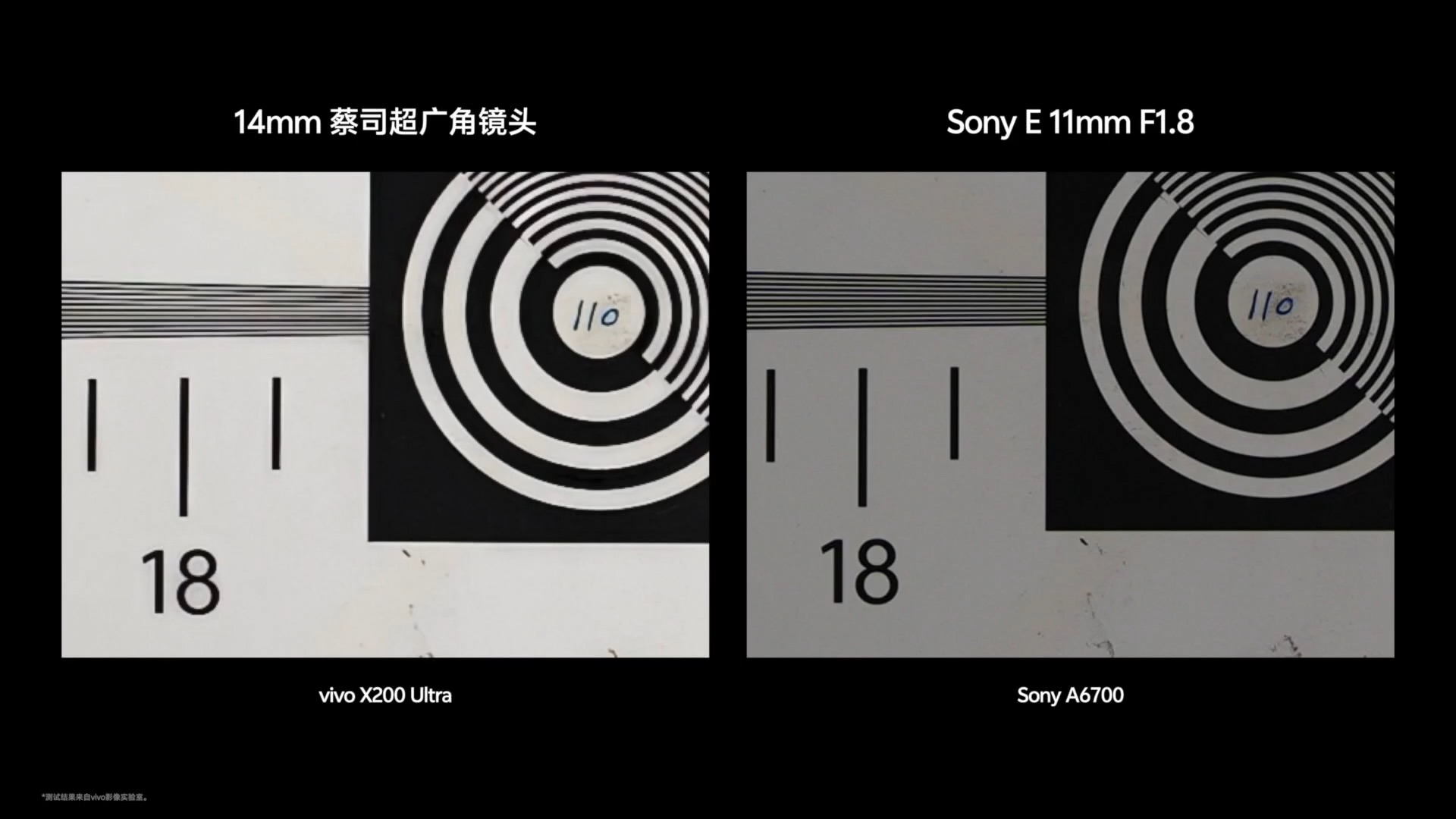
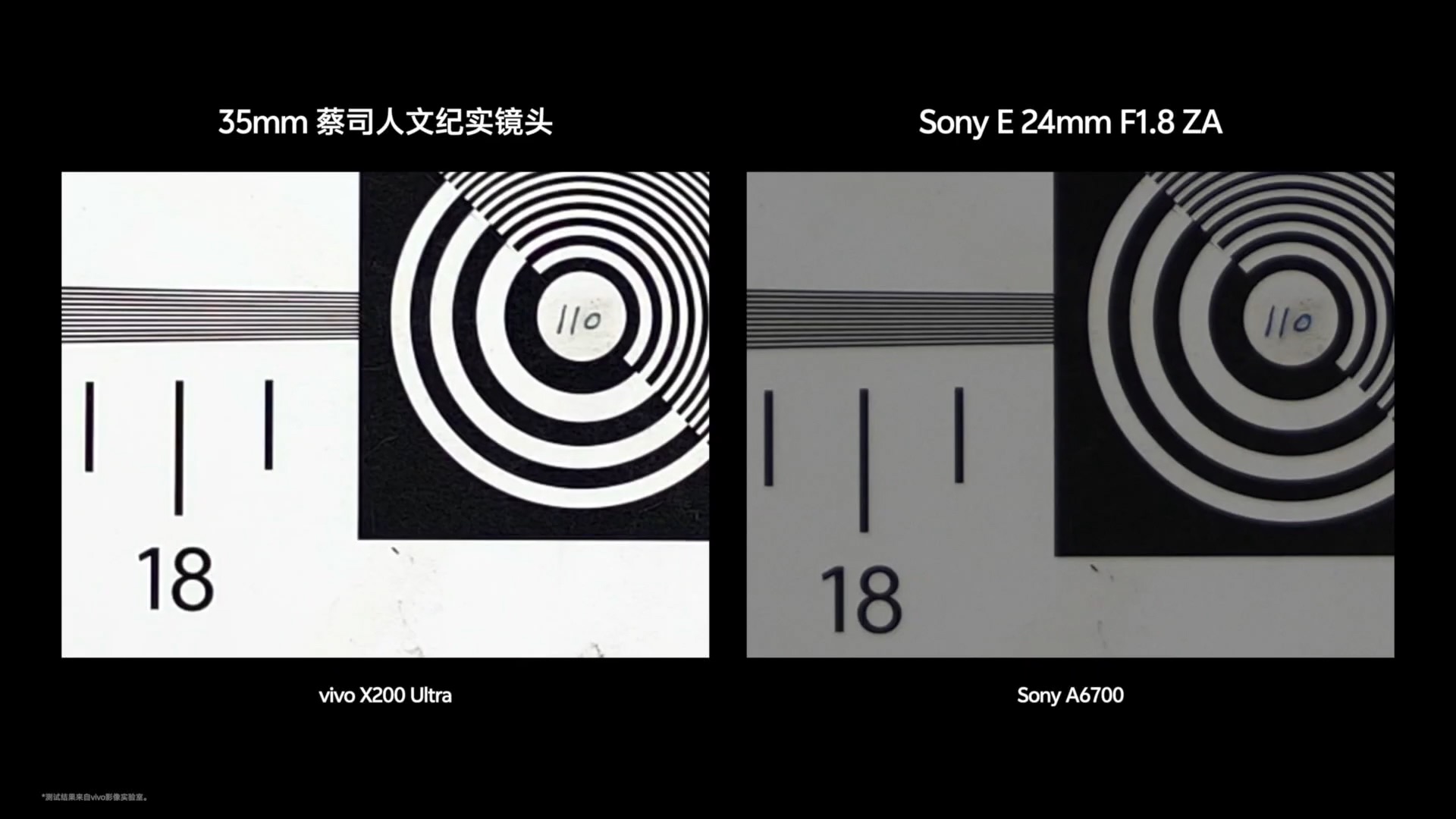
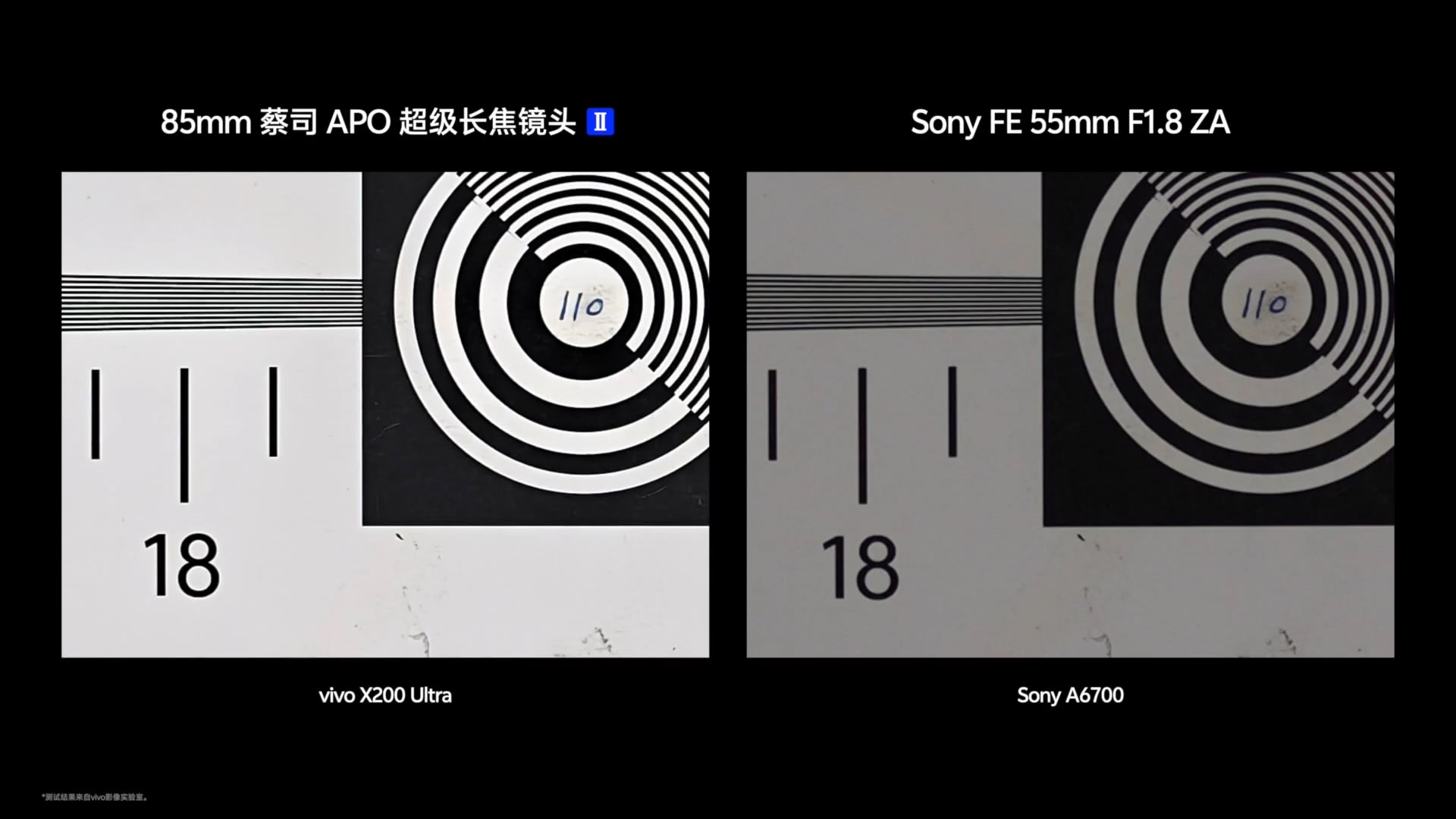
Not stopping at the static image, Vivo also put the video on the scale when comparing the ability to film 4K 60fps. The results were shown on the large screen at the event showing that, although Sony A6700 was still better in terms of detail in the dark area and complex shifting area, the video from the X200 Ultra was impressed by the stability, consistent colors on the entire focal strip, and the ability to recreate images even when filming with super wide lens – inherent weakness of smartphones today.
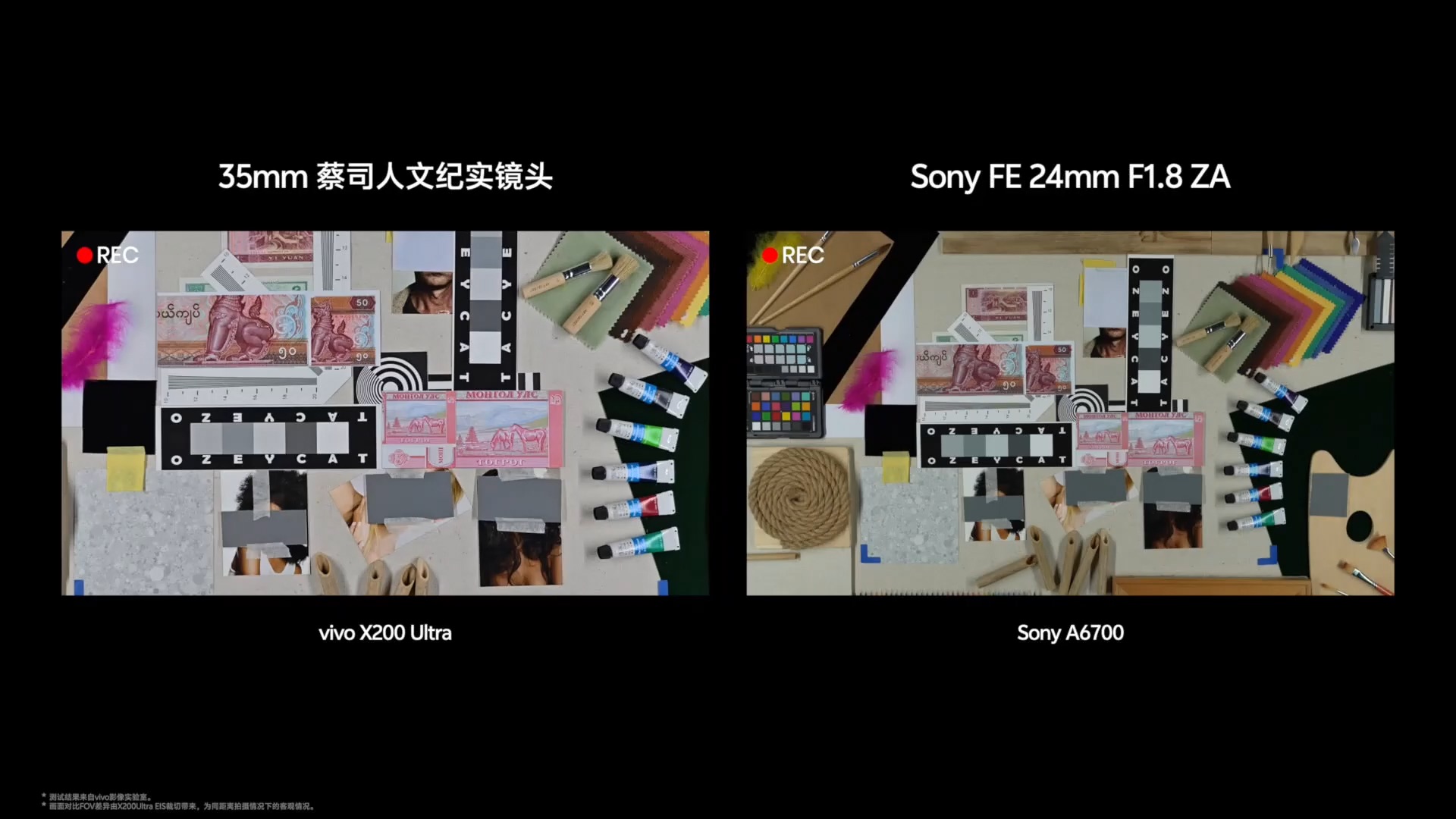

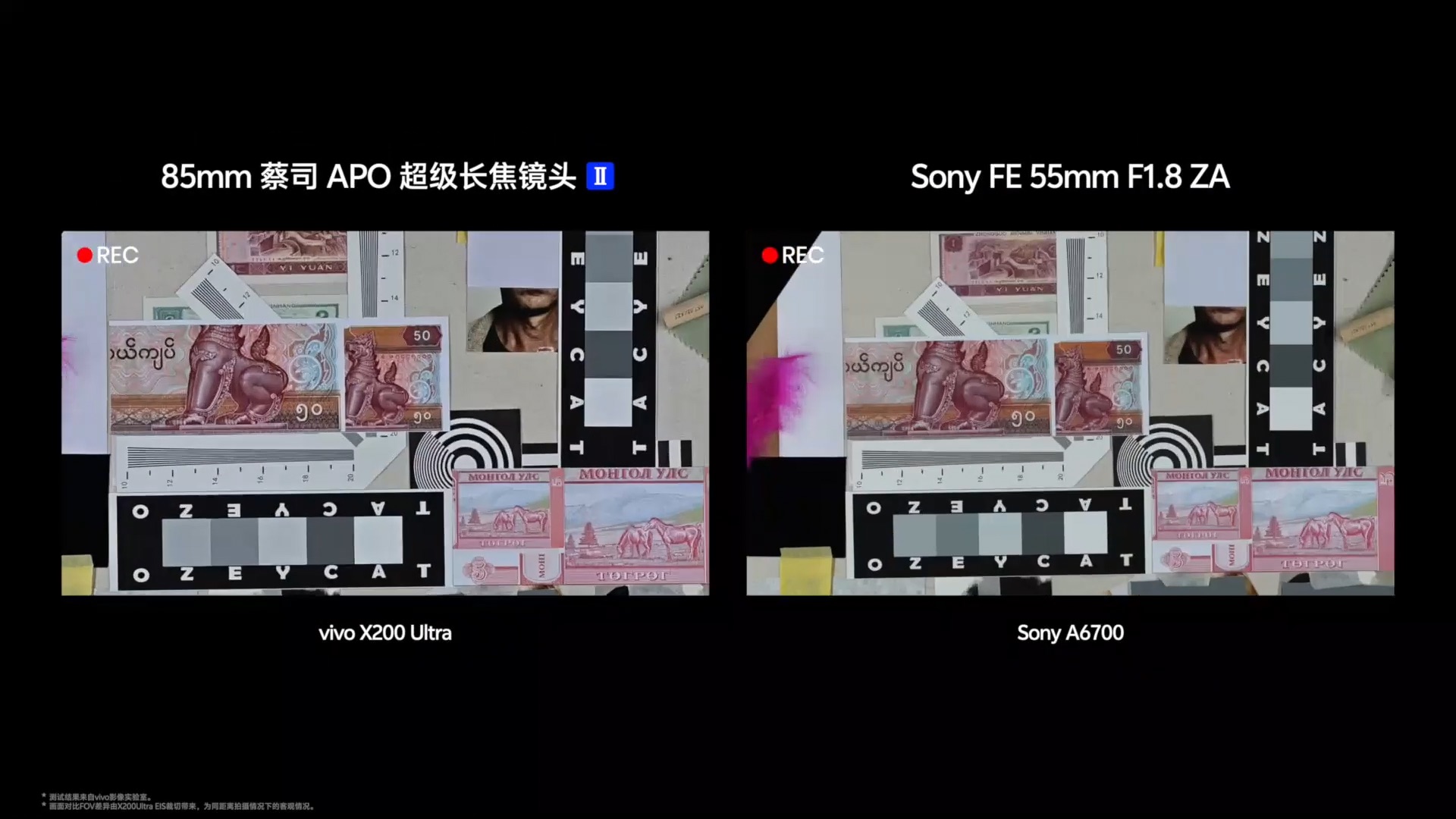
Another factor that makes the X200 Ultra especially mass is only about 200 grams – significantly lighter than the Sony A6700 combo and three Zeiss lenses weighing nearly 1.2 kg. With a price of 6,499 yuan (about 23 million VND), X200 Ultra includes the entire camera system, dual image processor, 90W fast charging and all features of a top phone. Meanwhile, the Sony A6700 set with 3 lenses can cost nearly 18,000 yuan (about 64 million).
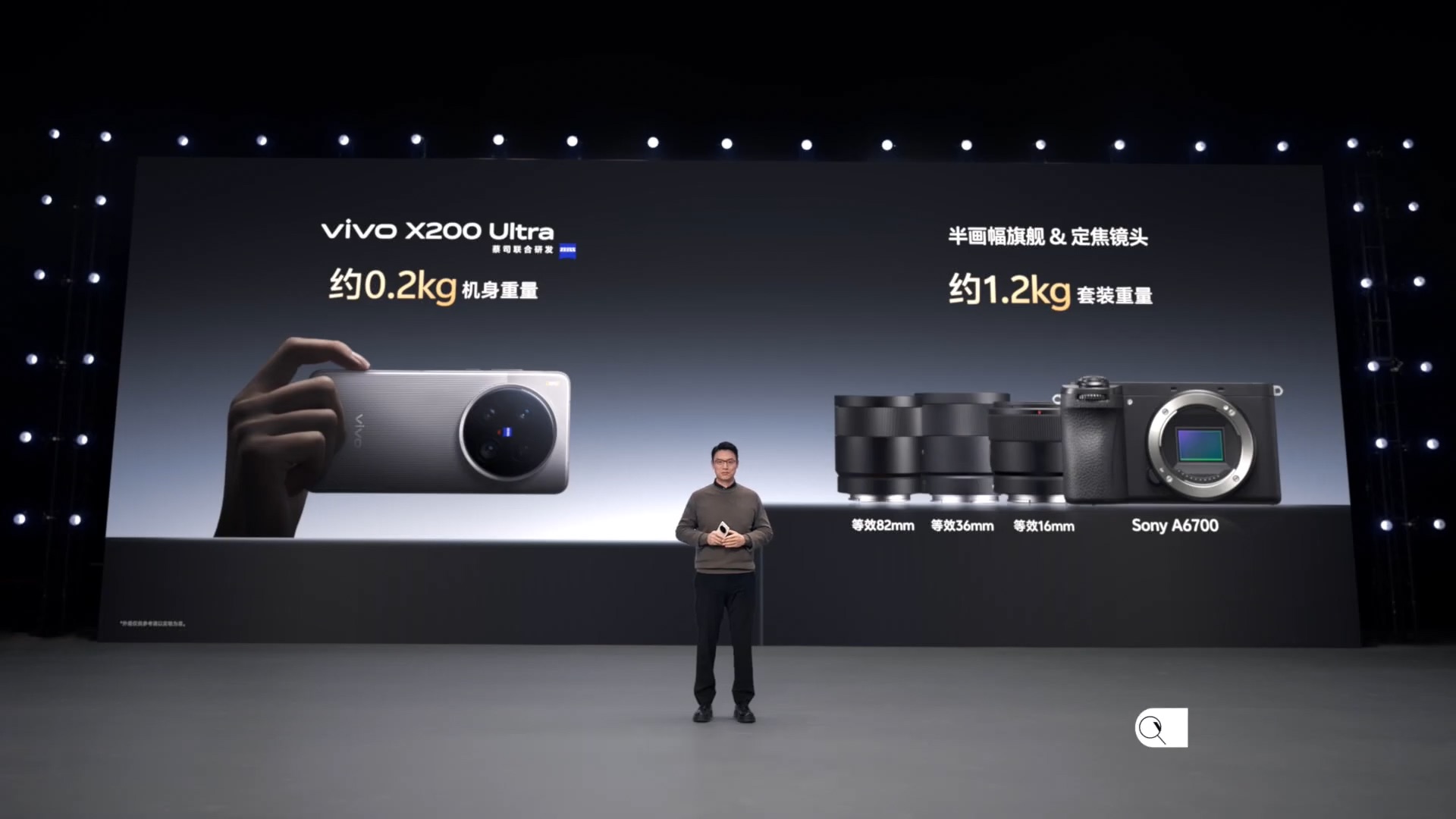
A key point that makes the comparison becomes convincing is that Vivo does not choose to show off the features that traditional cameras do not have – such as connectivity, AI, or quick sharing. In contrast, the company focuses on the place where the camera is still dominating: rough image quality, video stability, and ability to handle in a complex lighting environment. And there, the X200 Ultra has proven that the smartphone can completely access the camera’s standard – even superior to weight, maneuverability and manipulation.
Vivo did not claim “a phone replacement phone”, but it is clear that the company is drawing the boundary between the two devices. With X200 Ultra, users no longer have to choose between a mobile smartphone or a quality camera. Now, they can have both in the same device, always ready in the pocket.
